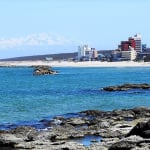Getting to Sedona: About a 2.5-hour drive from Phoenix Sky Harbor International Airport
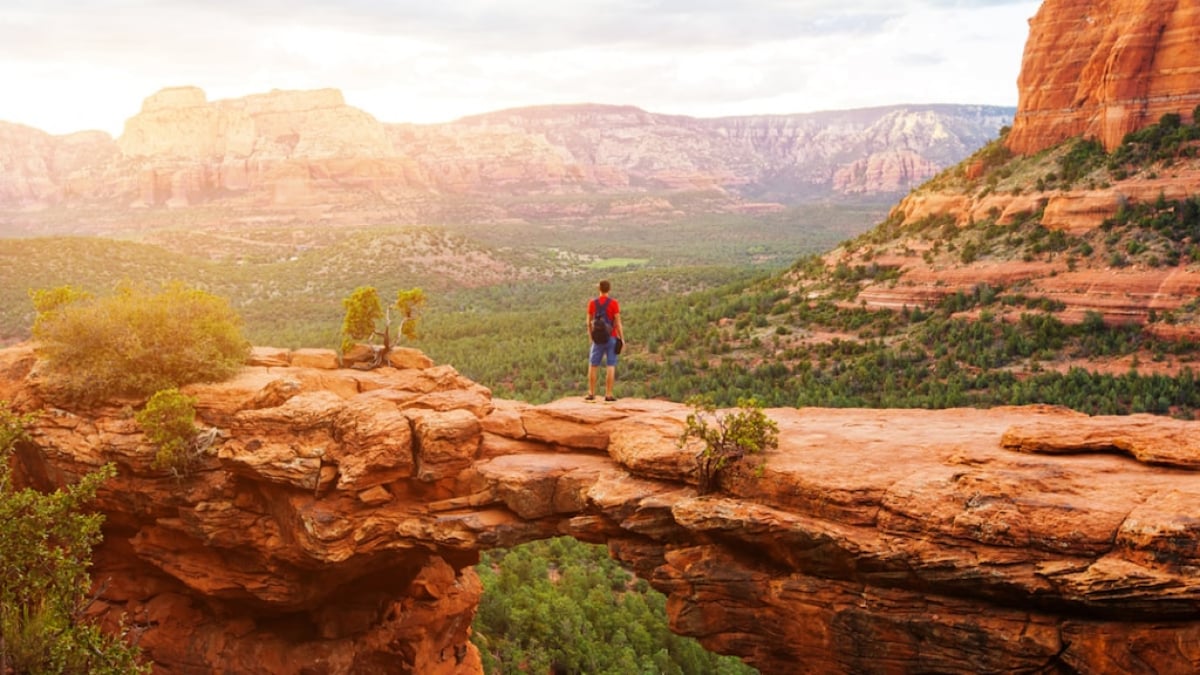
Want to Travel and Transform Your Life? World Power Spots
Sedona, Uluru (Ayers Rock), Stonehenge… Around the world, there are places known as “power spots.” Many people believe you can gain energy from nature at these locations and even change your outlook on life. As a result, these power spots are popular overseas travel destinations. In this article, we’ll take a closer look at some of the world’s most famous power spots.
table of contents
[x] close
Want to Travel and Transform Your Life? World Power Spots
Receiving Nature’s Power at World Power Spots
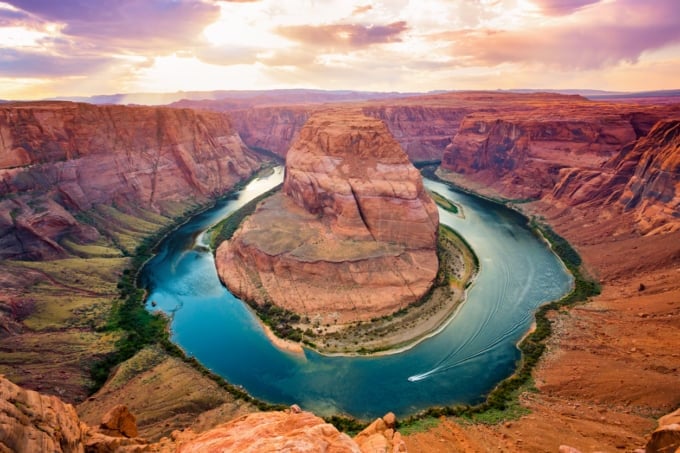
“Somehow I just can’t get motivated.”
“Nothing seems to go right, no matter what I do.”
“I want to change my life.”
If these thoughts have crossed your mind, maybe your luck or energy is running low. During such times, why not visit one of the world’s power spots?
Many people have felt a sacred atmosphere upon visiting shrines or temples. Power spots are simply a more potent version of that sensation. There are numerous stories of visitors feeling rejuvenated—experiencing happy events, recovering from illnesses, even advancing in their careers—and these spots attract notable figures such as entrepreneurs and entertainers.
Because power spots are often well-known tourist areas, just visiting can help you refresh and feel overwhelmed by the wonders of nature. In this article, we’ll introduce several overseas destinations known for especially strong power.
But first, do you know what a power spot actually is? Let’s start with a quick explanation for those who might be new to the concept.
What Is a Power Spot?
Definitions can vary from person to person, but based on the writings of Masuaki Kiyota, who is believed to have first popularized the term “power spot,” it refers to a “place where you can absorb the earth’s energy.” In Japan, many people associate Mount Fuji and Yakushima with power spots—indeed, these are places where you can truly feel the power of the land.
You’ll also notice large, sacred trees (goshinboku) at many shrines; these massive trees are believed to have grown strong thanks to the earth’s energy.
Power spots can generally be grouped into six categories:
①Locations rich in nature (forests, waterfalls, etc.)
②Places where substances rise from the ground (hot springs, volcanoes, spring water, etc.)
③Ryuketsu (dragon holes): places where the earth’s energy surges upward
④Locations with strong electromagnetic fields
⑤Sacred mountains
⑥Shrines and temples
Even at a glance, these seem like places steeped in forces beyond human control—where blessings might be bestowed. In other words, power spots aren’t merely spiritual in nature; they’re sites that have traditionally thrived with abundant natural energy or places filled with a sacred atmosphere. Although Japan alone has plenty of these locations, the world at large offers many more—some on a scale that dwarfs anything in Japan.
If you want even more powerful energy, traveling abroad to a power spot is a great idea!
Why Visit a Power Spot?

Everyone has different reasons for visiting a power spot, but common benefits include feeling rejuvenated or energized, enjoying a sense of calm and relaxation, or experiencing a surge of inspiration.
The specific effects can vary depending on the location, so you might choose your destination based on the kind of energy you seek.
That said, any power spot can impart its local energy to you. Simply picking a place you’d like to visit is enough to harness its power.
Sedona (United States)
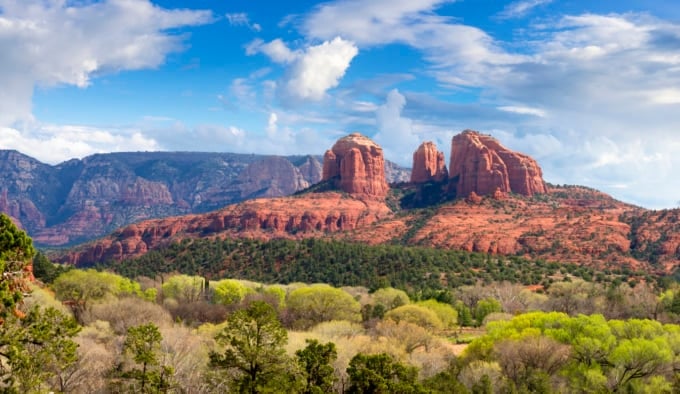
Sedona in Arizona is a sacred site for Native Americans and is famous as a power spot focused on healing. It has even been called “the most beautiful town in the United States.”
Set atop a landscape rich in desert scenery, many people come to meditate while seated on rock formations. The local red rock strata sometimes appear in swirls, and some cacti trunks also twist in spirals—phenomena often found in power spots, believed to be caused by swirling energies.
In discussions of power spots, you’ll often hear the term “vortex.” Vortex comes from the Latin word for “whirlpool,” and refers to points where the earth’s energy is released.
Sedona is said to have a concentration of these vortexes.
Of these, the four major vortex sites are a must-see:
Airport Mesa – Known for providing vitality and vigor
Bell Rock – Abundant in strong energy
Boynton Canyon – Said to have the most powerful energy in Sedona
Cathedral Rock – Recommended if you’re seeking guidance in matters of the heart
Visiting all four can balance and heal both body and mind, leaving you feeling refreshed.
If you want both power and healing, Sedona is a prime destination.
Teotihuacan (Mexico)
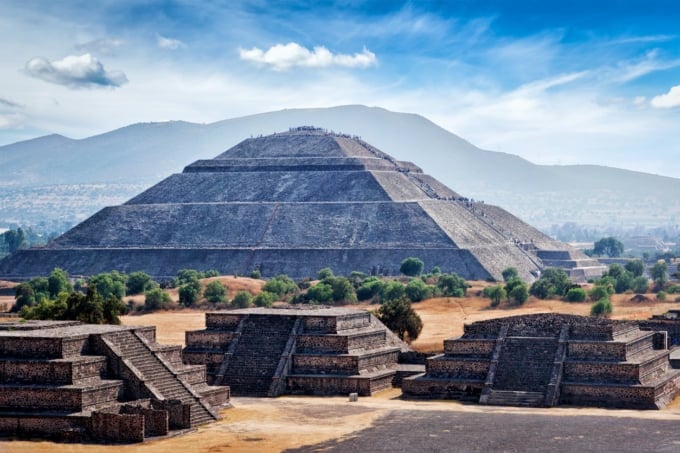
Teotihuacan, located in Mexico, is one of the largest ancient city ruins in the Americas. It was registered as a UNESCO World Cultural Heritage Site in 1987.
Believed to have emerged around the 2nd century BCE, Teotihuacan was once a metropolis with a population of some 200,000 residents. Yet by the mid-7th century, its inhabitants vanished without a trace—a lingering mystery that adds to its aura of wonder.
As a power spot, Teotihuacan is famous for its two massive pyramids: the Pyramid of the Sun and the Pyramid of the Moon, the third-largest pyramids in the world (after Egypt’s).
Notably, these pyramids are the largest in the world that people can actually climb.
Legend says that your wishes will be granted if you stand atop the Pyramid of the Sun. Even if not, the panoramic view alone is worth the climb. Beyond the pyramids, numerous areas are believed to be filled with energy—visitors often crowd around giant stones to feel the power, or some come to meditate in hopes of contacting extraterrestrials.
Discovered in the 14th century by the Aztecs, Teotihuacan was so extraordinary that they deemed it impossible for humans to have built. They named it “Teotihuacan,” meaning “the place where the gods gather,” and established it as a sacred site.
Witnessing these awe-inspiring ruins can make you believe you’re receiving mysterious power just by being there.
Getting to Teotihuacan: About 1 hour by bus from Mexico City
Uluru/Ayers Rock (Australia)
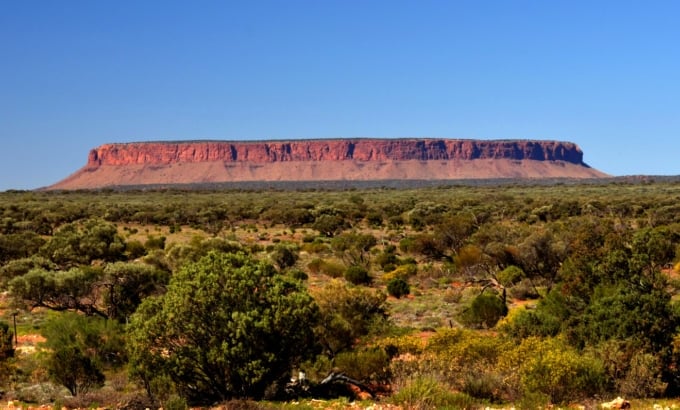
Ayers Rock, located in Australia, is one of the world’s largest monoliths and a UNESCO World Heritage Site. Known to the Aboriginal people as “Uluru,” it has long been a sacred site central to their spiritual life.
Also nicknamed “the Navel of the Earth,” it’s sometimes said to be the center of the world.
Merely gazing at this colossal rock—rising majestically from the desert—conveys nature’s grandeur and leaves a powerful impression. One well-known power spot here is “Mutitjulu Waterhole” at the base of Uluru.
Despite being in the desert, the water in this spring never dries up year-round.
According to legend, a rainbow serpent named Wanambi lives here, ensuring that the water remains flowing.
If you look up at Uluru from the waterhole, you’ll spot a heart-shaped indentation in the rock.
Many believe carrying a photo of this heart in your wallet brings good fortune and financial luck.
Because this waterhole never dries, couples often come here to pledge eternal love.
Uluru is famous as a tourist destination but is also a potent power spot where you can feel the earth’s energy firsthand.
Don’t miss Mutitjulu Waterhole.
Getting to Uluru/Ayers Rock: About a 20-minute drive from Ayers Rock Airport
Lourdes (France)
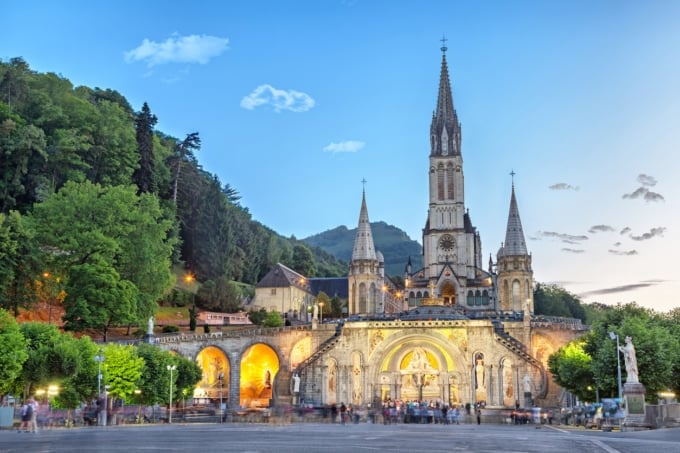
The Lourdes Spring in the town of Lourdes, France, is known for its connection to an apparition of the Virgin Mary and is a pilgrimage site for the Catholic Church.
Many miracles have been attributed to Lourdes Spring—stories circulated about its ability to cure serious illnesses beyond the help of doctors.
Since then, millions of pilgrims (around 5 million yearly) travel here from around the world in search of miracles.
A local medical office has documented about 2,500 cases deemed “medically inexplicable cures.”
While complete immersion in the baths is considered beneficial, it might not be feasible for all visitors.
However, you can fill a small bottle with water from the spring—thought to bestow blessings just the same.
Lourdes’ miraculous energy is said to raise human vibrational levels and unlock latent potential.
Even non-Catholics with big dreams come here, hoping to gain the spring’s special power.
Getting to Lourdes: About a 15-minute walk from Lourdes Station (SNCF, French National Rail)
Stonehenge (United Kingdom)
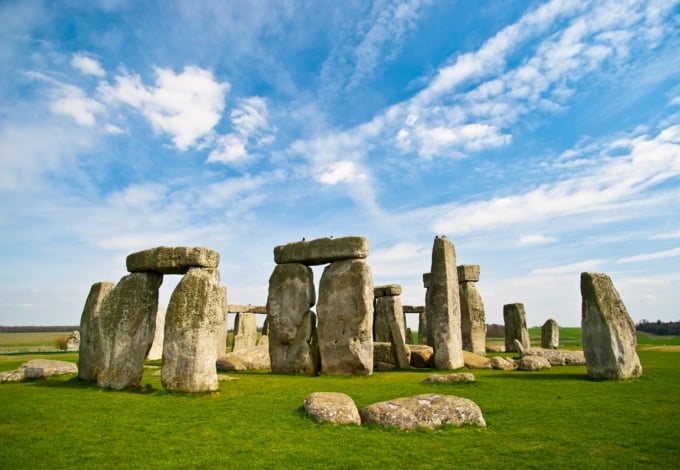
Stonehenge in England is a UNESCO World Heritage Site and often called the largest power spot in Europe. Built roughly between 2500 BCE and 2000 BCE, this ring of standing stones is one of the world’s most famous prehistoric monuments.
Its design required advanced astronomical knowledge and engineering—remarkable for that era—and its purpose remains uncertain, adding to its air of mystery.
One hypothesis is that Stonehenge once served as a “place of healing.”
Archaeological finds nearby include numerous skeletal remains of individuals who appeared to be injured or seriously ill.
The stone circle includes “bluestones,” which have a bluish hue. Some theorize that ancient people believed these stones held special powers.
Additionally, many sacred sites in southern England align on a straight line, suggesting Stonehenge sits on a powerful energy pathway.
Similar to Lourdes, Stonehenge may have been a gathering place for those suffering from injuries or illnesses.
Visitors often describe feelings of deep relaxation and euphoria—sensations unlike any they’ve had before.
If you seek healing, Stonehenge’s enduring mysteries could offer you a singular, otherworldly experience.
Getting to Stonehenge: About a 30-minute bus ride from Salisbury Station
Summary
Our world brims with wonders far beyond human comprehension.
Although changing your life may not be easy, experiencing something profoundly awe-inspiring can happen if you take the initiative.
Simply beholding nature’s ancient grandeur may shift your perspective forever.
Why not take a bold leap overseas and draw energy from one of these power spots? It might just transform your life.
RELATED ARTICLES
REGIONS
CATEGORIES
FEATURED ON Guide
-

Where will you go for the summer vacation? Introducing recommended spots for domestic travel
-

Kaizu City’s Recommended 7 Tourist Spots. Enjoy the Culture and History Nurtured by Wajū!
-

What Makes Ashikaga Flower Park So Special? A Treasure Trove of Photo-Worthy Spots!
-
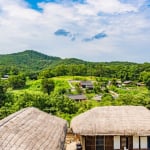
600 Years of Radiant Tradition: Korea’s Historic Villages of Hahoe and Yangdong
-

Two-Colored Seas and a Pink Beach! 4 Must-Visit Spots in North Eleuthera
MOST POPULAR ON Guide
-
 1
1Doha: Must-see Attractions in the Capital of Qatar
-
 2
2Toronto: 10 Things to do in this Picturesque Canadian City
-
 3
3Amarillo: A City Famous for It’s Amazing Canyons, Great History and Music
-
 4
4South Korea: Dazzling Scenery, Rich Culture and Fascinating History
-
 5
5Kuwait: A Country in Middle East Asia Famous for Hot Sand Dunes and Stunning Cityscape





